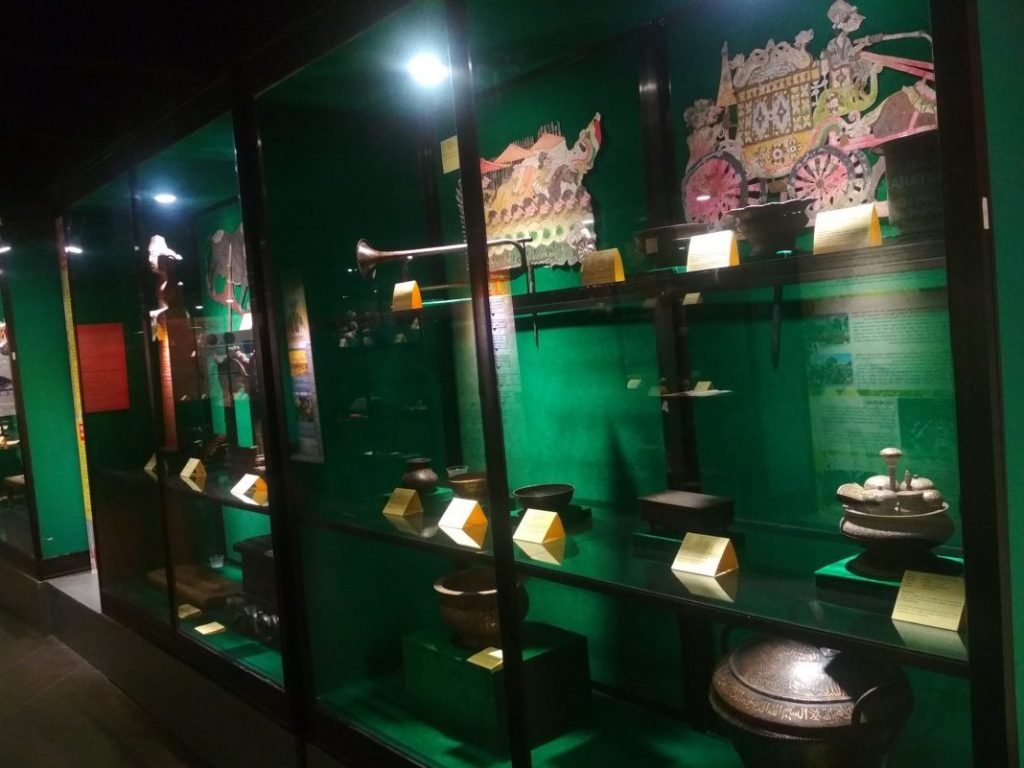
Almost the entire region of Java, except for Banten and Batavia, was able to be controlled by Sultan Agung during his reign.
The major rivals of Mataram at the beginning of Sultan Agung’s reign were Surabaya and Banten. In 1614, Sultan Agung sent an army to conquer Surabaya’s ally, Lumajang. During the battle at the Andaka River, Tumenggung Surantani from Mataram was killed by Panji Pulangjiwa, the son-in-law of Rangga Tohjiwa, the regent of Malang. Then, Panji Pulangjiwa himself was killed in a trap set by Tumenggung Alap-Alap.
In 1615, Sultan Agung personally led the conquest of Wirasaba, the capital of Majapahit (now Mojoagung, Jombang). Surabaya tried to retaliate. The Adipati of Pajang also considered betraying Mataram but hesitated to send troops to assist Surabaya. As a result, Surabaya’s army was defeated by Mataram’s forces in January 1616 at Siwalan village.
Sultan Agung’s victories continued in Lasem and Pasuruan in 1616. Then in 1617, Pajang rebelled but was crushed. The Adipati and his general, Ki Tambakbaya, fled to Surabaya.
Sultan Agung then sent Tumenggung Bahureksa (the Regent of Kendal) to conquer Sukadana (in southwestern Kalimantan) in 1622. Ki Jurukiting (the son of Ki Juru Martani) was also sent to conquer Madura in 1624. With the conquest of Sukadana and Madura, Surabaya’s position weakened because its food supply was entirely cut off. The city eventually fell due to famine in 1625, not due to battle. Its leader, Prince Jayalengkara, surrendered to Mataram’s forces led by Tumenggung Mangun-oneng.
In 1627, a rebellion in Pati led by Adipati Pragola, Sultan Agung’s cousin, occurred. This rebellion was eventually crushed but at a very high cost. On August 27, 1628, Mataram’s forces led by Tumenggung Bahureksa, the Regent of Kendal, arrived in Batavia. A second force arrived in October, led by Prince Mandurareja (the grandson of Ki Juru Martani). The total number of soldiers was 10,000. A great battle took place at the Holandia fort. Mataram’s forces suffered a crushing defeat due to lack of supplies.
Sultan Agung attacked Batavia for the second time the following year. The first wave of troops, led by Adipati Ukur, departed in May 1629, while the second wave, led by Adipati Juminah, left in June. The total number of soldiers was 14,000. The failure of the first attack was anticipated by digging rice holes in Karawang and Cirebon. However, the VOC managed to destroy them all. Despite the defeat, Sultan Agung’s second attack succeeded in damming and polluting the Ciliwung River, which led to a cholera outbreak in Batavia. The VOC’s Governor-General, J.P. Coen, died from the epidemic.

For more details, visit the History of Java Museum Yogyakarta, Jl Parangtritis KM 5, Sewon Bantul, Special Region of Yogyakarta.
